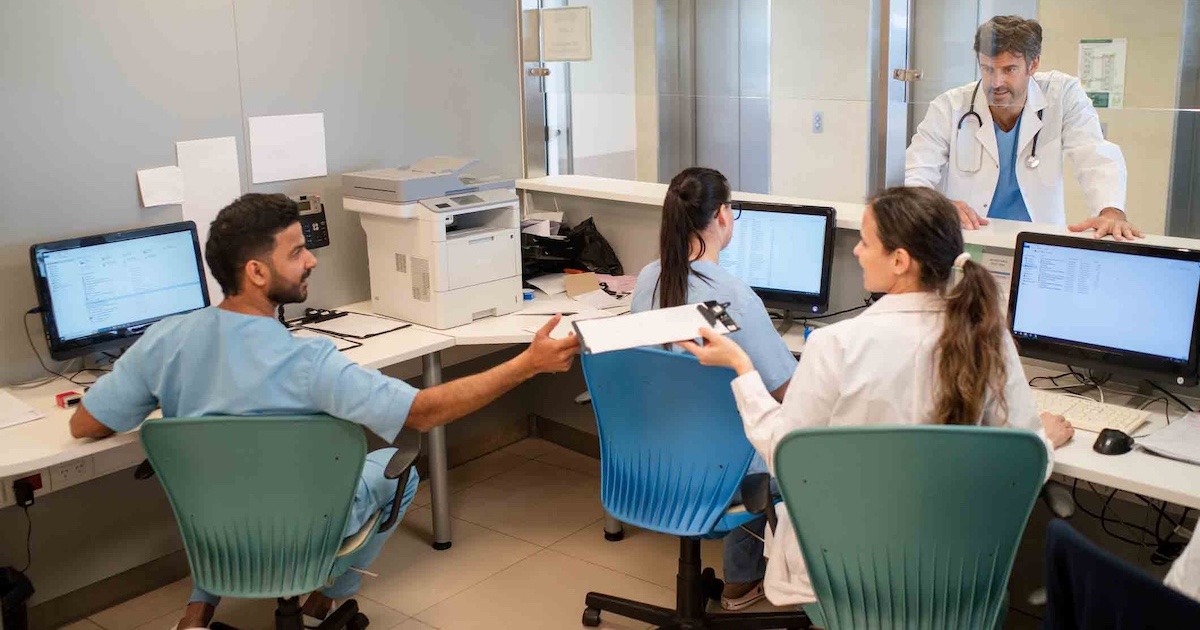California officials are hailing a pilot telemedicine program in the rural northern part of the state as one of the first to bring pediatric audiology services to infants in need of early intervention.
Funded by a three-year, $354,242 grant from the U.S. Health Resources and Services Administration’s Maternal and Child Health Bureau and administered by the state Department of Health Care Services, the program will allow patients in northern California to undergo audiology testing at nearby Mercy Medical Center in Redding. The testing will be conducted at the hospital via telemedicine hookup by a pediatric audiologist at the UC Davis Health System in Sacramento.
“We are very, very excited about providing this program because central northern California has the highest lost-to-follow-up rate in the state for newborn hearing screening,” said James Marcin, professor of pediatric critical-care medicine and director of the UC Davis Pediatric Telemedicine Program, in a press release. “But with this model, and with Redding being a very central location for families in northern California, we hope to eventually eliminate the lost-to-follow-up rate and provide the excellent care that these infants and their families deserve.”
“We are thrilled to be implementing this innovative approach to more quickly identify infants with hearing loss in northern California,” added DHCS Director Toby Douglas. “UC Davis is a leader in telehealth and pediatric audiology, and we are fortunate to have them as partners in this endeavor.”
According to state officials, identifying deaf or hard-of-hearing infants before they reach three months of age and starting early intervention services before six months of age are the most important factors in developing age-appropriate language skills, whether families communicate using sign language or spoken language. In rural northern California, however, roughly 40 percent of newborns identified in 2007 as needing those services were “lost to follow-up” care (as opposed to the state average of 8 percent).
"Bringing these babies back for testing is imperative to optimize their development, especially the speech development critical to acquiring language and learning," said Anne Simon, senior pediatric audiologist in the UC Davis Department of Otolaryngology, who will conduct the tests. "Making the three- or four-hour-long trip to a big city medical center with a four-week-old baby and may not be possible for many families.”
The program focuses primarily on families living in Glenn, Butte, Trinity, Tehama, Lassen, Modoc and Siskiyou counties. Patients are referred to Redding in adjacent Shasta County, where an electroencephalogram technician at Mercy attaches electrodes and earpieces to the infant. Simon, at UC Davis, controls the screening equipment and conducts the test, which takes two to four hours.
Simon administers three tests to determine if there is hearing loss and locate its source. She then helps to set up follow-up care.
“The sooner the better,” she said, noting that infants as young as two months old have been fitted with hearing aids. “We find that about six months of age is when we start to see developmental differences between infants who have not had diagnostic testing and intervention and those who have.”
“If we intervene by six months we find that children have a much better chance of acquiring age-appropriate language,” she said.


